Home>diy>Building & Construction>What Is The Primary Material Used For Structural Support In The Construction Of Large Buildings?


Building & Construction
What Is The Primary Material Used For Structural Support In The Construction Of Large Buildings?
Modified: March 6, 2024
Looking to learn about the primary material used for structural support in building construction? Discover the key materials used in the construction of large buildings.
(Many of the links in this article redirect to a specific reviewed product. Your purchase of these products through affiliate links helps to generate commission for Storables.com, at no extra cost. Learn more)
Introduction
When it comes to constructing large buildings, structural support is of utmost importance. The stability and strength of a building rely on its structural framework, which is responsible for bearing the loads and providing overall stability. The choice of material for structural support plays a crucial role in determining the safety and durability of the building.
In the construction industry, various materials are used for structural support purposes, depending on factors such as the type of building, its height, purpose, and environmental considerations. These materials are carefully selected to ensure that they can withstand the forces and pressures exerted on the building, providing a robust foundation for its overall structure.
In this article, we will explore the primary materials used for structural support in the construction of large buildings. We will discuss the criteria used to select these materials and delve into the characteristics and advantages of each material. By understanding the different options available, architects, engineers, and construction professionals can make informed decisions to create strong and reliable structures.
Key Takeaways:
- The primary materials for structural support in large buildings are reinforced concrete, steel, timber, and masonry. Each material has unique properties and considerations, impacting the strength, durability, and aesthetics of the building.
- When choosing a material for structural support, factors such as strength, durability, cost-effectiveness, constructability, aesthetics, and sustainability must be carefully considered. Architects and engineers weigh these factors to create safe, stable, and durable structures.
Importance of Structural Support in Large Buildings
Structural support is a vital component in the construction of large buildings. It is responsible for bearing the immense weight of the building, including the floors, walls, ceilings, and roof, as well as the occupants and any additional loads such as equipment or furnishings. Without proper structural support, a building would be prone to collapse, compromising the safety of its occupants and causing significant damage.
In addition to providing strength and stability, structural support also plays a crucial role in distributing the loads throughout the building’s framework. By evenly distributing the weight, it prevents localized areas from bearing excessive pressure, which can lead to structural failure.
Large buildings, such as skyscrapers, have unique challenges when it comes to structural support. They are subjected to dynamic forces, such as wind and seismic activity, which can exert significant pressure on the building. Therefore, the structural support system must be designed to withstand these forces and ensure the building remains sturdy and intact.
Furthermore, the choice of materials for structural support also impacts the overall design and functionality of the building. It can influence factors such as the building’s aesthetic appeal, flexibility of internal layout, and the ability to accommodate specific features or amenities.
In summary, the importance of structural support in large buildings cannot be overstated. It is the backbone of any construction project, ensuring the safety, stability, and longevity of the building. Architects, engineers, and construction professionals must carefully consider the materials and design of the structural support system to meet the unique requirements of each building.
Criteria for Selecting Materials for Structural Support
When selecting materials for structural support in large buildings, several key criteria must be considered. These criteria help determine the suitability of a material for the specific requirements of the project, ensuring that it can provide the necessary strength, stability, and durability. Let’s explore some of these criteria in detail:
- Strength: The material must have sufficient strength to withstand the loads and forces exerted on the building. It should have a high compressive strength to bear vertical loads and a good tensile strength to resist lateral forces.
- Stability: The material should be stable and not prone to excessive deflection or deformation under load. It should maintain its structural integrity over time and be able to resist any potential movements or settlements.
- Durability: Given the long lifespan of large buildings, the selected material should be highly durable and resistant to corrosion, decay, and other forms of deterioration. This ensures the structural integrity of the building is maintained over time.
- Cost-effectiveness: The material should offer a good balance between cost and performance. While it is important to choose a material that meets the structural requirements, it should also be within the project’s budget constraints.
- Availability: The material should be readily available in the desired quantity and quality. Availability of the material can impact construction timelines and overall project feasibility.
- Constructability: The chosen material should be easy to work with and compatible with common construction techniques. It should not pose significant challenges during installation or require specialized skills.
- Sustainability: With the growing emphasis on sustainable construction practices, the material’s environmental impact should be considered. Opting for eco-friendly materials can contribute to reducing the building’s carbon footprint.
By carefully evaluating these criteria, construction professionals can make informed decisions when selecting the materials for structural support. It is essential to strike a balance between meeting the technical requirements of the project and considering practical constraints such as budget, availability, and sustainability.
Primary Material Used for Structural Support in Large Buildings
Several materials are commonly used for structural support in large buildings, each with its own unique set of properties and advantages. The primary materials used include reinforced concrete, steel, timber, and masonry.
Reinforced Concrete: Reinforced concrete is a widely used material in the construction industry due to its high compressive strength and ability to withstand heavy loads. It consists of concrete reinforced with steel bars or mesh, combining the strength of both materials. Reinforced concrete offers excellent fire resistance and is highly durable, making it a popular choice for skyscrapers and other large-scale structures.
Steel: Steel is renowned for its strength, flexibility, and ductility, making it an ideal material for structural support in large buildings. It has a high tensile strength and can withstand extreme forces, such as those experienced during earthquakes. Steel structures are lightweight, allowing for more flexibility in architectural design and reducing the overall load on the foundation.
Timber: Timber has long been used as a structural material, and it offers several advantages for large building construction. It is renewable, lightweight, and has excellent thermal insulation properties. Timber structures are also flexible and can absorb vibrations, making them suitable for areas prone to seismic activity.
Masonry: Masonry refers to structures made of brick, stone, or concrete blocks. While not as commonly used in large buildings as reinforced concrete or steel, masonry can provide adequate structural support in certain situations. It is durable, fire-resistant, and offers good thermal insulation. Masonry structures also have a unique aesthetic appeal.
These materials are often used in combination to maximize their strengths and overcome their weaknesses. For example, a building may have a steel frame with reinforced concrete floors or use timber for certain components within a predominantly concrete structure.
The choice of material depends on various factors, including the specific requirements of the project, local building codes, budget limitations, and environmental considerations. Additionally, advancements in technology and construction methods continue to expand the range of available materials for structural support.
Architects, engineers, and construction professionals carefully evaluate these factors when selecting the primary material for structural support to ensure the building’s stability, safety, and longevity.
Reinforced Concrete
Reinforced concrete is one of the most commonly used materials for structural support in large buildings. It is a composite material that combines the compressive strength of concrete with the tensile strength of steel reinforcement. This combination results in a material that is strong, durable, and capable of withstanding heavy loads.
The primary components of reinforced concrete are cement, aggregates (such as sand and gravel), water, and steel reinforcement. The concrete provides the compressive strength, while the steel reinforcement, typically in the form of bars or mesh, serves to reinforce and strengthen the structure by absorbing tensile forces.
Reinforced concrete offers several advantages for large building construction:
- Strength and Load-bearing Capacity: Reinforced concrete has excellent compressive strength, allowing it to bear heavy loads and support the weight of the building and its occupants. It can withstand the vertical forces exerted on the structure over time without significant deformation.
- Durability: Reinforced concrete is highly durable and can resist corrosion, weathering, and other forms of deterioration. This extends the lifespan of the structure and reduces the need for frequent maintenance or repairs.
- Fire Resistance: Concrete is inherently fire-resistant, as it does not burn or release toxic fumes. This makes reinforced concrete ideal for large buildings where fire safety is a critical consideration.
- Design Versatility: Reinforced concrete offers flexibility in design, allowing for a wide range of architectural possibilities. It can be molded into various shapes, sizes, and configurations, enabling architects to create unique and aesthetically appealing structures.
- Structural Stability: The combination of concrete’s compressive strength and steel reinforcement’s tensile strength provides stability and resistance against lateral forces, such as those caused by wind or seismic activity. Reinforced concrete structures can be designed to withstand these forces and ensure the safety of the building and its occupants.
However, there are some limitations to consider when using reinforced concrete. It is relatively heavy compared to other materials, which may require additional consideration for the foundation and structural support. Construction with reinforced concrete also usually requires skilled labor, specialized equipment, and a longer construction timeline.
Despite these limitations, reinforced concrete remains a popular choice for structural support in large buildings due to its strength, durability, and versatility. It has a proven track record of performance and has been successfully used in countless iconic structures around the world.
The primary material used for structural support in the construction of large buildings is steel. Steel is strong, durable, and can be shaped into various forms to support the weight of the building.
Read more: What Is A Structure In Construction
Steel
Steel is a highly popular material for structural support in large buildings due to its exceptional strength, flexibility, and durability. It is widely used in high-rise buildings, bridges, and industrial structures. Steel offers numerous advantages, making it a top choice for construction projects:
- Strength and Load-bearing Capacity: Steel is renowned for its high tensile strength, allowing it to withstand heavy loads and resist deformation. It can support large spans and heights, making it ideal for tall buildings and structures with expansive internal spaces.
- Flexibility and Ductility: Steel is a flexible material, capable of bending without breaking. This ductility allows it to absorb energy during seismic events or extreme weather conditions, making it highly resistant to earthquakes and other dynamic forces.
- Lightweight: Steel structures are significantly lighter than concrete structures of similar strength. This reduces the overall load on the foundation, enabling more cost-effective and efficient construction methods.
- Faster Construction: Steel structures can be prefabricated off-site and then assembled on-site, accelerating the construction process. This results in shorter project durations and reduced labor costs.
- Design Flexibility: Steel offers architects and engineers more freedom in designing unique and innovative structures. Its high strength-to-weight ratio allows for larger spans, open floor plans, and creative architectural elements.
- Recyclability: Steel is a highly recyclable material, contributing to sustainable construction practices. It can be reused or repurposed at the end of a building’s life cycle, reducing waste and minimizing environmental impact.
Steel structures can be built using various construction techniques, such as steel frames, trusses, columns, and beams. These components are designed and fabricated to precise specifications, ensuring reliable performance and structural integrity.
Despite its many advantages, steel also has some considerations for large building construction. It is susceptible to corrosion, which can compromise its strength over time. However, this can be mitigated through proper protective coatings and maintenance practices. Steel structures can also be more expensive upfront compared to other materials, but the long-term benefits, such as durability and ease of modification, often make it a cost-effective choice.
Overall, steel is a versatile and durable material that offers exceptional strength and flexibility, making it ideal for structural support in large buildings. Its ability to withstand heavy loads, resist deformation, and accommodate unique architectural designs has contributed to its widespread use in the construction industry.
Timber
Timber, or wood, is a traditional material that has been used for structural support in buildings for centuries. While it may not be as commonly used in large buildings as concrete or steel, timber offers unique advantages that make it a viable option in certain situations:
- Renewable and Sustainable: Timber is a renewable resource, as trees can be responsibly harvested and replanted. It is also considered a sustainable material, as it has a lower carbon footprint compared to concrete or steel production.
- Lightweight and Versatile: Timber is lightweight, making it easier to handle and transport during construction. It can be cut and shaped into various sizes and configurations, allowing for flexibility in design and assembly.
- Thermal Insulation: Timber has natural thermal insulation properties, offering better energy efficiency in buildings. It helps regulate temperature and reduce the need for excessive heating or cooling.
- Fire Resistance: Contrary to popular belief, timber can have good fire-resistant properties when treated with fire-retardant coatings or structural elements, making it safe for use in large buildings.
- Seismic Performance: Timber structures have excellent seismic performance due to wood’s inherent flexibility and ability to absorb energy during earthquakes. It can provide adequate resistance to lateral forces and ensure the safety of occupants.
- Natural Aesthetics: Timber has a warm and natural aesthetic appeal that can enhance the overall design of a building. It creates a welcoming and organic atmosphere that is preferred by many architects and occupants.
It is important to note that timber structures require proper engineering and design considerations to meet safety regulations and ensure structural integrity. Timber must be properly treated to protect against decay, insect infestation, and fire hazards.
Timber is commonly used as a primary material in residential buildings, low-rise structures, and sustainable construction projects. In large buildings, timber may be used selectively in specific components, such as beams, columns, or floor systems, in combination with other materials like concrete or steel. This hybrid approach combines the advantages of timber with the strength and stability of other materials.
When using timber for structural support, it is crucial to consider the building’s location, local building codes and regulations, and the specific requirements of the project. Consulting with experienced structural engineers and architects is essential to ensure proper design, material selection, and construction techniques.
Overall, timber offers a renewable, sustainable, and visually appealing option for structural support in certain large buildings. Its unique properties, including lightweight construction, thermal insulation, and seismic performance, make it an attractive choice for environmentally conscious projects.
Masonry
Masonry, which refers to structures made of brick, stone, or concrete blocks, has been used for structural support in buildings for centuries. While it may not be as commonly used in large buildings as reinforced concrete or steel, masonry offers its own set of advantages:
- Durability and Longevity: Masonry structures are known for their durability and long lifespan. Brick and stone have been used for centuries, demonstrating their ability to withstand the test of time.
- Fire Resistance: Masonry is inherently fire-resistant, providing excellent fire protection for buildings. Brick and stone do not burn, which can help prevent the spread of flames and protect the occupants.
- Thermal Insulation: Masonry materials have natural thermal insulation properties, helping to regulate temperature and reduce energy consumption for heating and cooling.
- Noise Reduction: Masonry walls have good sound insulation properties, reducing noise transmission between rooms or from exterior sources.
- Aesthetics: Masonry offers a wide range of colors, textures, and patterns, allowing for unique and visually appealing designs. It can provide a sense of craftsmanship and add character to a building.
- Sustainable and Low Maintenance: Masonry is a low-maintenance material that requires minimal upkeep. It can be reused or recycled at the end of its life cycle, contributing to sustainable construction practices.
However, there are some considerations when using masonry for structural support in large buildings. Masonry is heavier compared to other materials, which may require additional foundation support. It also requires skilled craftsmanship to ensure proper installation and structural stability.
Masonry structures are commonly used in low-rise buildings, such as residential houses, schools, and historical buildings. In large buildings, masonry may be used selectively in specific components, such as load-bearing walls, facade elements, or decorative features, in combination with other materials like concrete or steel.
It is crucial to consider the building’s design, local building codes, and the specific requirements of the project when using masonry for structural support. Consulting with experienced architects and structural engineers is necessary to ensure proper design, material selection, and construction techniques.
Overall, masonry offers a durable and visually appealing option for structural support in certain large buildings. Its natural beauty, fire resistance, and low maintenance make it a suitable choice for projects where aesthetics, longevity, and tradition are important factors.
Comparison of Different Materials
When selecting materials for structural support in large buildings, it is essential to compare and evaluate the different options to make an informed decision. Let’s compare some of the primary materials used for structural support:
Reinforced Concrete: Reinforced concrete combines the strength of concrete with the reinforcement of steel. It offers excellent compressive strength, durability, and fire resistance. It is a versatile material that can be molded into various shapes and sizes. It is commonly used in high-rise buildings and offers a good balance between strength, cost-effectiveness, and design flexibility.
Steel: Steel is known for its high tensile strength, flexibility, and resistance to seismic activity. It is lightweight, allowing for more design flexibility and faster construction. Steel structures have excellent performance in terms of strength, stability, and durability. However, steel may require additional corrosion protection and can be more expensive compared to other materials.
Timber: Timber is a renewable and sustainable material, offering good thermal insulation and seismic performance. It has a lightweight nature and can provide an aesthetically pleasing natural look. Timber structures may require additional considerations for fire resistance and proper treatment against decay and insect infestation.
Masonry: Masonry materials, such as brick and stone, offer durability, fire resistance, and good thermal insulation. They have a long lifespan and require minimal maintenance. Masonry structures can provide a unique and visually appealing appearance, but they are relatively heavier and may require skilled craftsmanship during the construction process.
Each material has its own strengths and considerations, and the choice depends on various factors, including the specific requirements of the project, budget constraints, local building codes, and environmental considerations.
When comparing these materials, key considerations include:
- Strength: Assess the material’s compressive and tensile strength to ensure it can bear the loads and forces exerted on the building.
- Durability: Consider the material’s resistance to corrosion, decay, weathering, and other forms of deterioration to ensure the longevity of the structure.
- Cost-effectiveness: Evaluate the initial cost, long-term maintenance requirements, and overall value of the material in relation to the project budget.
- Constructability: Consider the ease of construction, availability of skilled labor, and specialized equipment required for the chosen material.
- Aesthetics: Assess the visual appeal and design possibilities offered by each material.
- Sustainability: Evaluate the environmental impact and sustainability of the material, considering factors such as carbon footprint and recyclability.
By carefully comparing these factors and considering the specific project requirements, architects, engineers, and construction professionals can select the most suitable material for the structural support of large buildings.
Conclusion
In the construction of large buildings, the choice of material for structural support is crucial for ensuring the strength, stability, and durability of the structure. Throughout this article, we have explored the primary materials used for structural support, namely reinforced concrete, steel, timber, and masonry.
Reinforced concrete offers exceptional compressive strength, durability, and fire resistance. It is versatile and widely used in high-rise buildings, offering a balance between strength, cost-effectiveness, and design flexibility.
Steel structures are renowned for their high tensile strength, flexibility, and resistance to seismic activity. Steel is lightweight, allowing for more design possibilities and faster construction methods. While it may require additional considerations for corrosion protection, steel provides excellent strength, stability, and durability.
Timber, as a renewable and sustainable material, offers good thermal insulation and seismic performance. It is lightweight and can provide a natural aesthetic appeal. However, timber structures may require additional fire resistance measures and proper treatment against decay and insects.
Masonry materials, such as brick and stone, offer durability, fire resistance, and good thermal insulation. They have a long lifespan and require minimal maintenance. Masonry structures provide unique and visually appealing appearances but are relatively heavier and may require skilled craftsmanship during construction.
When selecting the material for structural support, factors such as strength, durability, cost-effectiveness, constructability, aesthetics, and sustainability should be considered. Each material has its own advantages and considerations, and the choice ultimately depends on the specific project requirements, budget constraints, and local building codes.
In conclusion, the selection of materials for structural support in large buildings requires careful evaluation and consideration. Architects, engineers, and construction professionals must weigh the advantages and limitations of each material to create safe, stable, and durable structures. By making informed choices, we can ensure the longevity and success of large-scale construction projects.
Frequently Asked Questions about What Is The Primary Material Used For Structural Support In The Construction Of Large Buildings?
Was this page helpful?
At Storables.com, we guarantee accurate and reliable information. Our content, validated by Expert Board Contributors, is crafted following stringent Editorial Policies. We're committed to providing you with well-researched, expert-backed insights for all your informational needs.
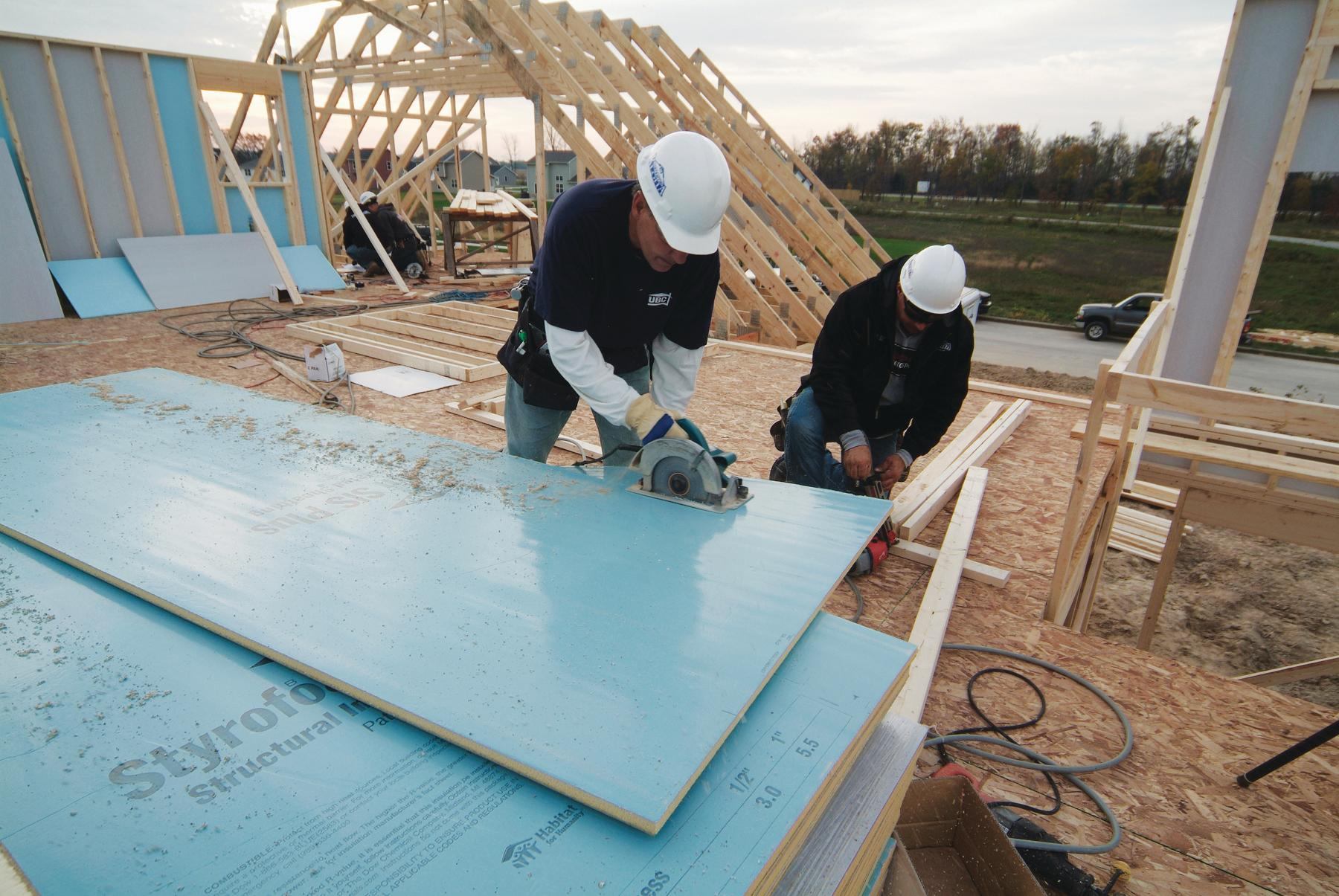




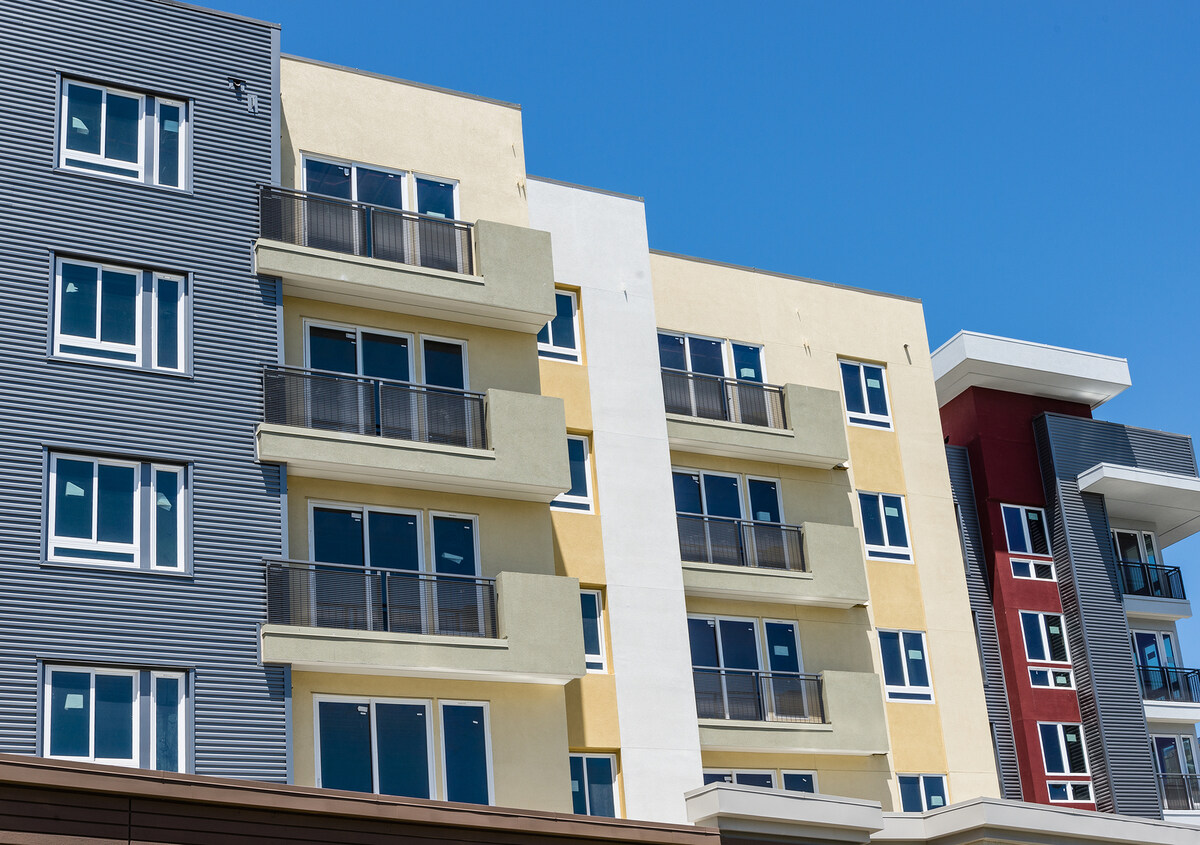
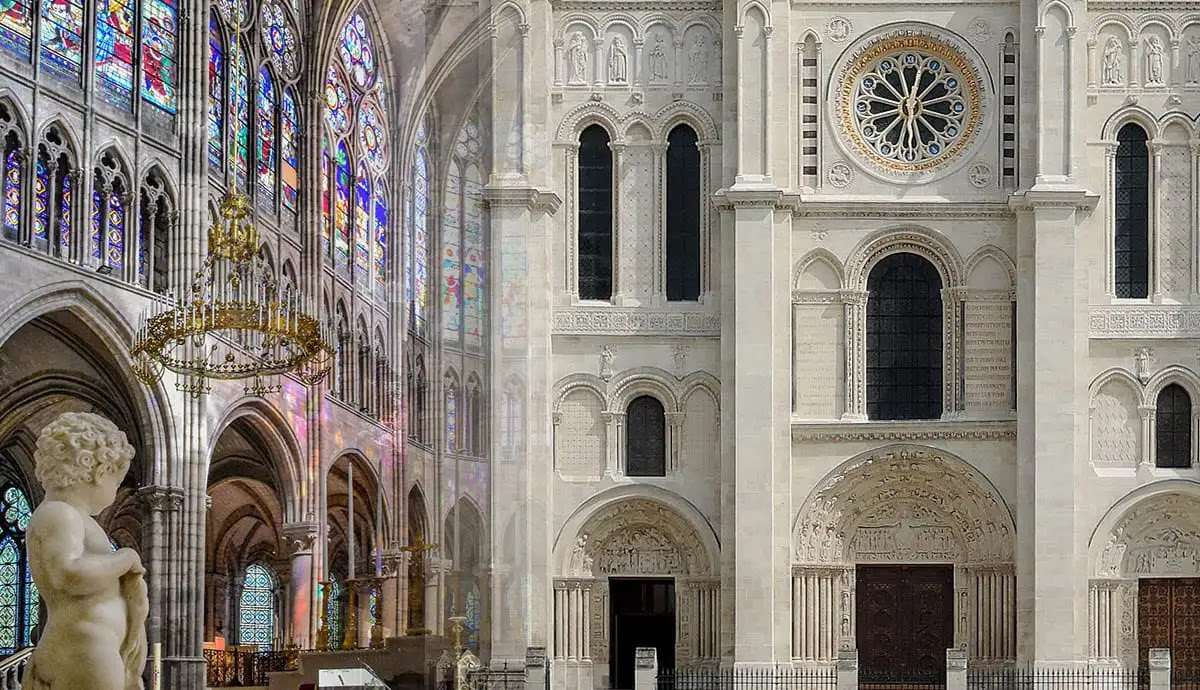
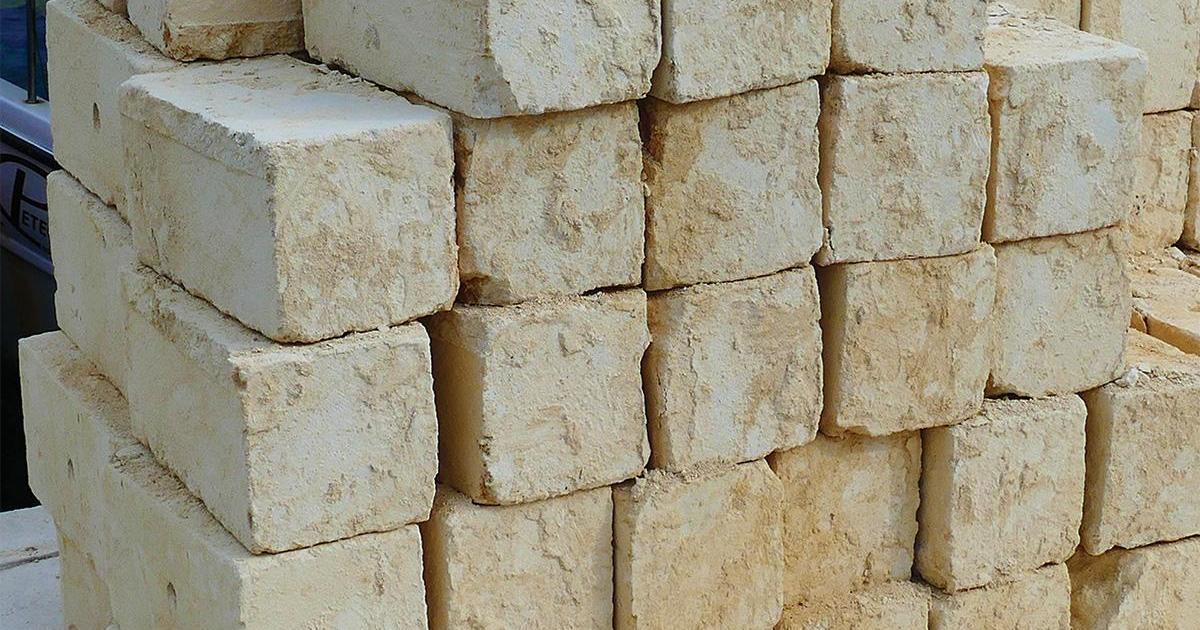
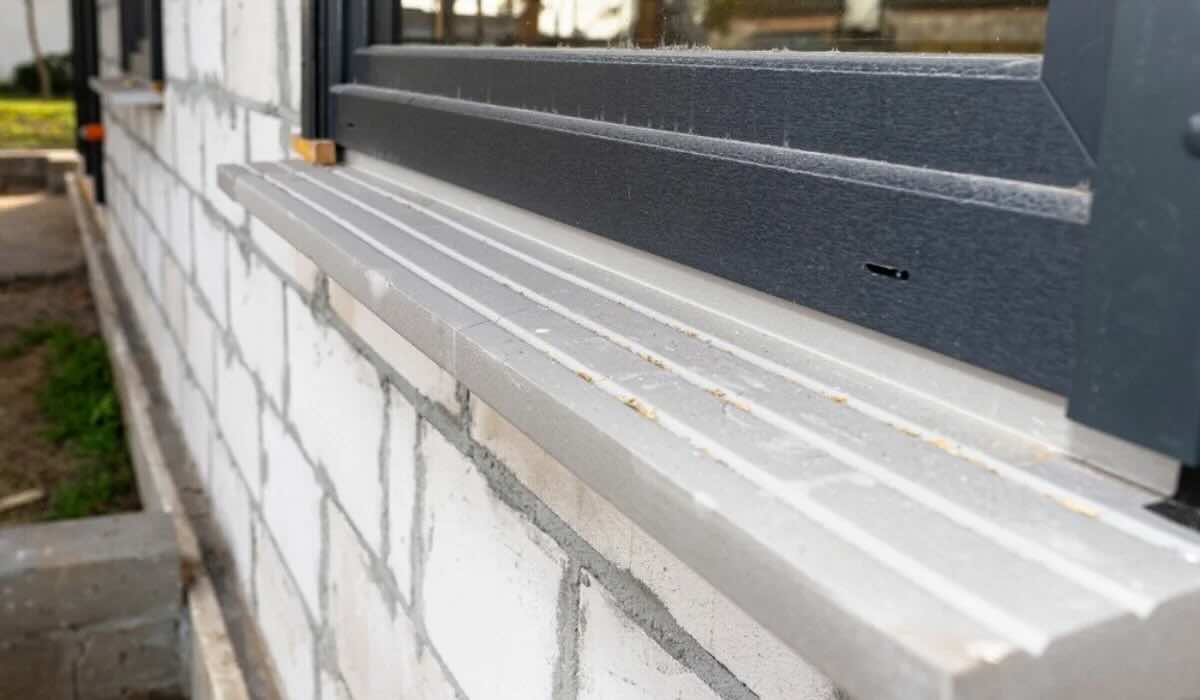
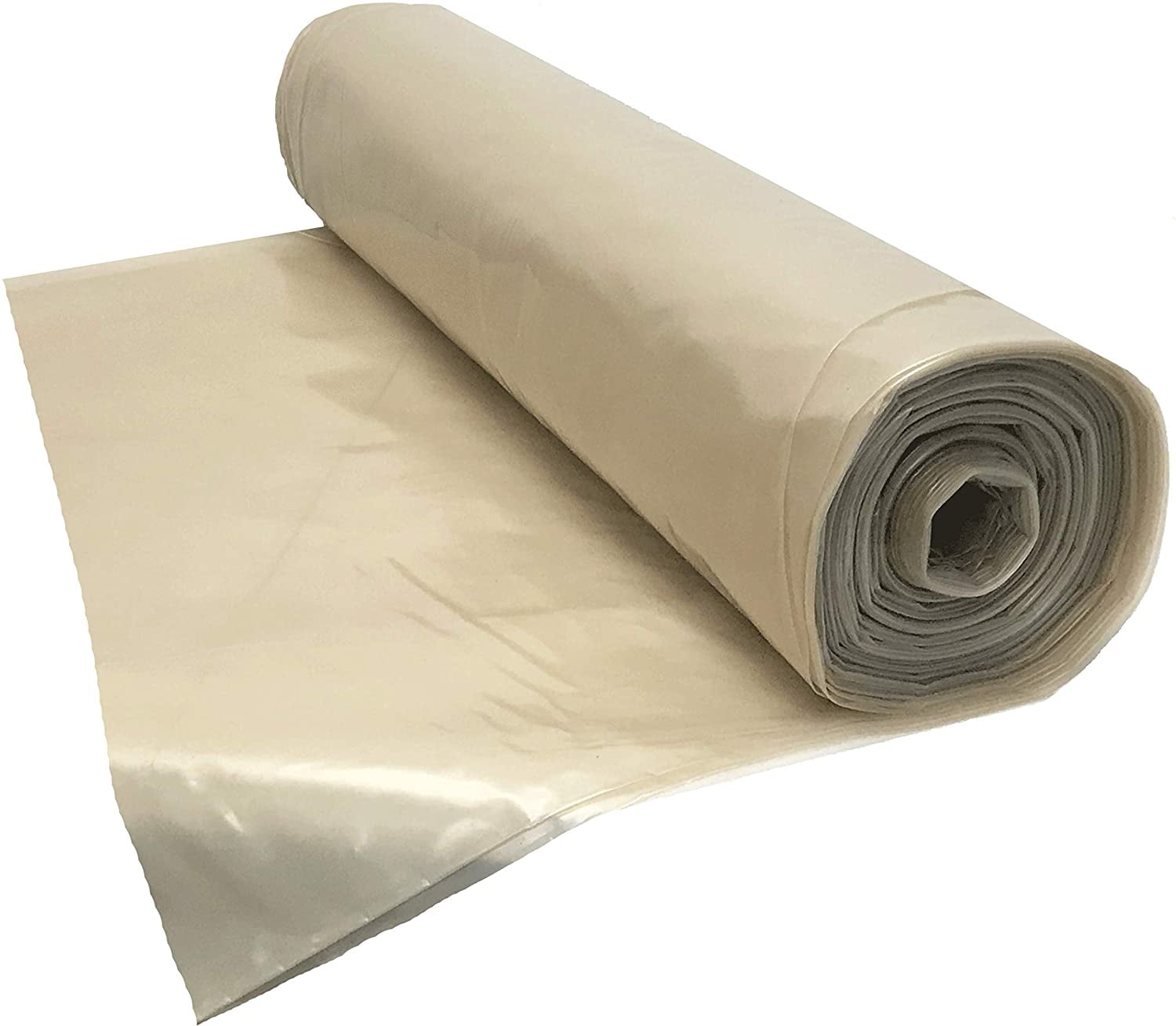
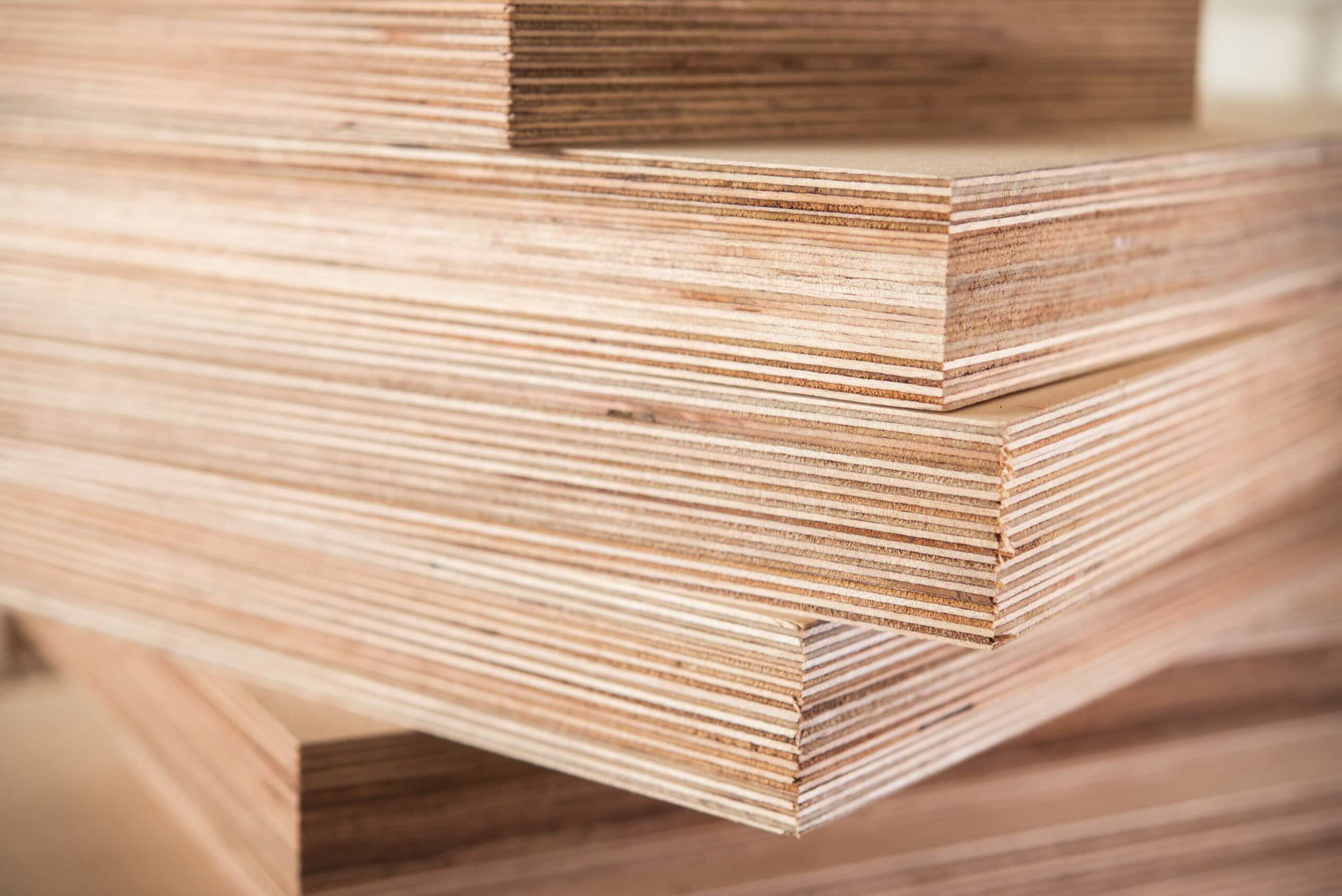
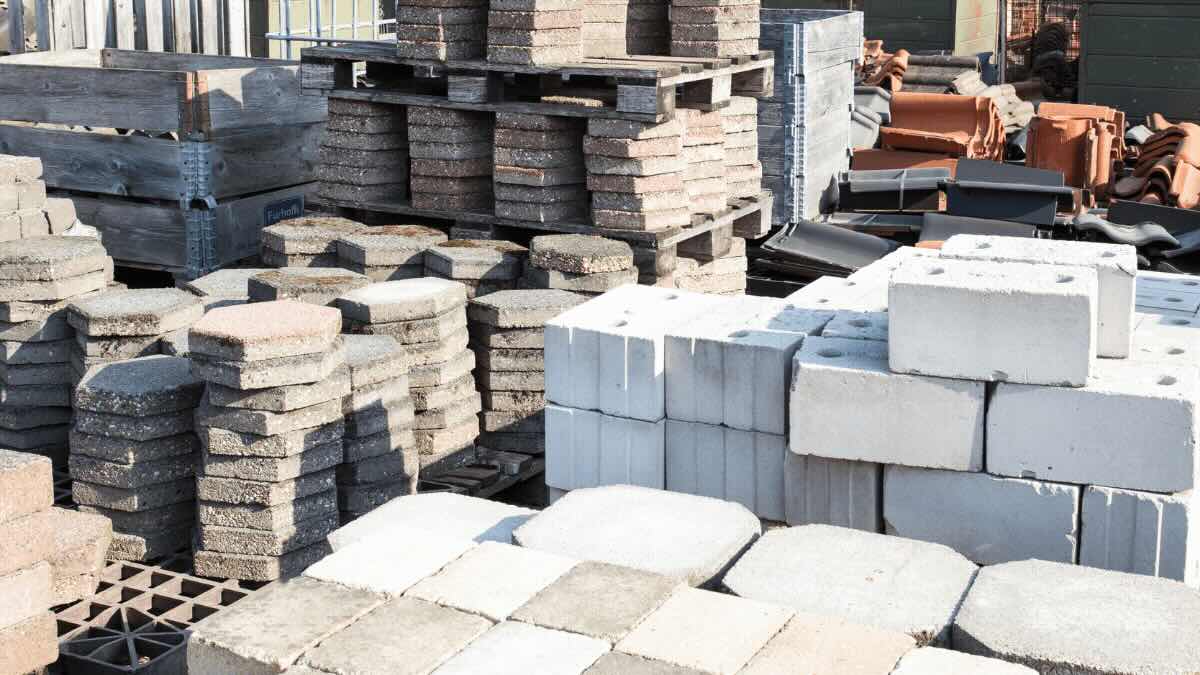
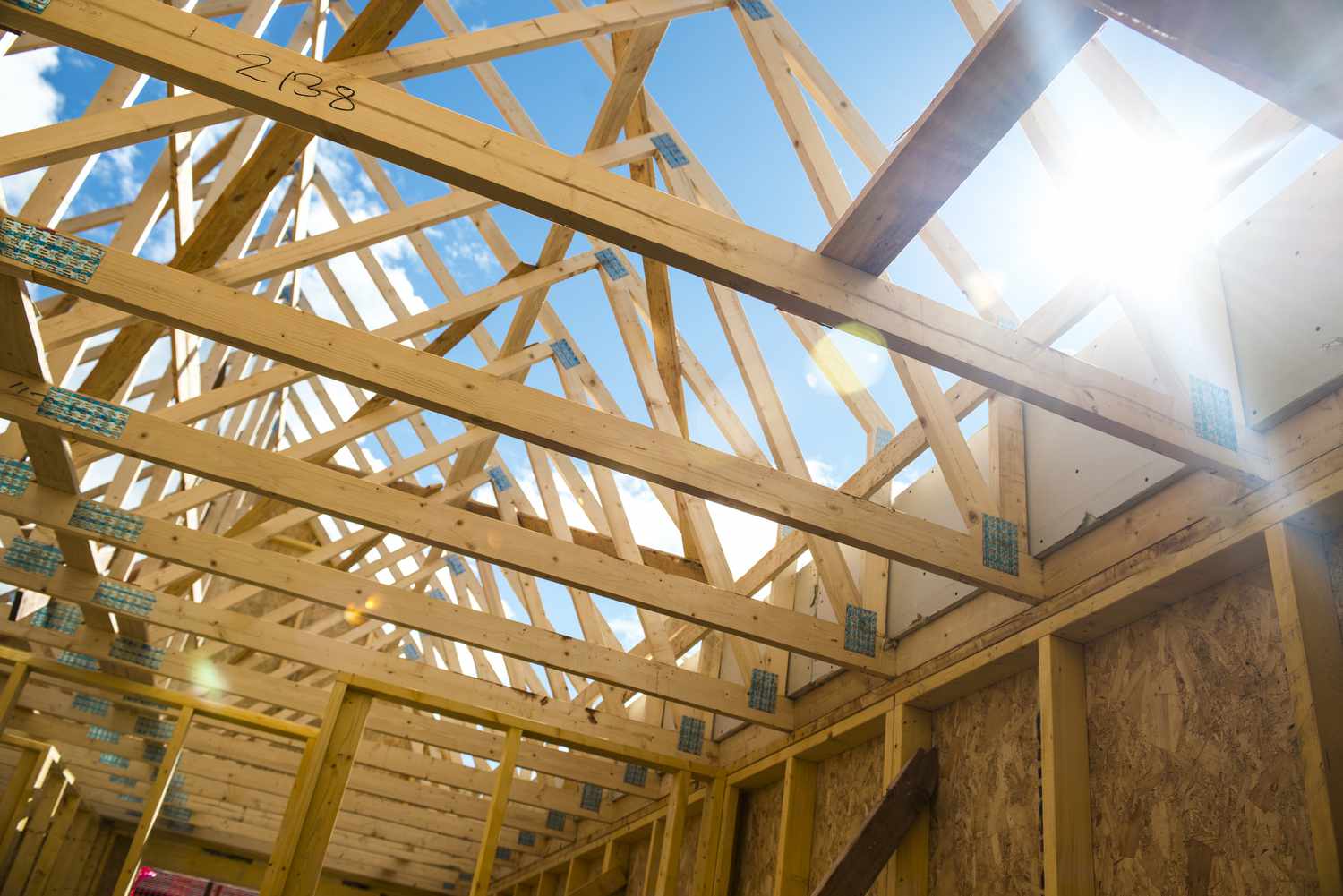

0 thoughts on “What Is The Primary Material Used For Structural Support In The Construction Of Large Buildings?”